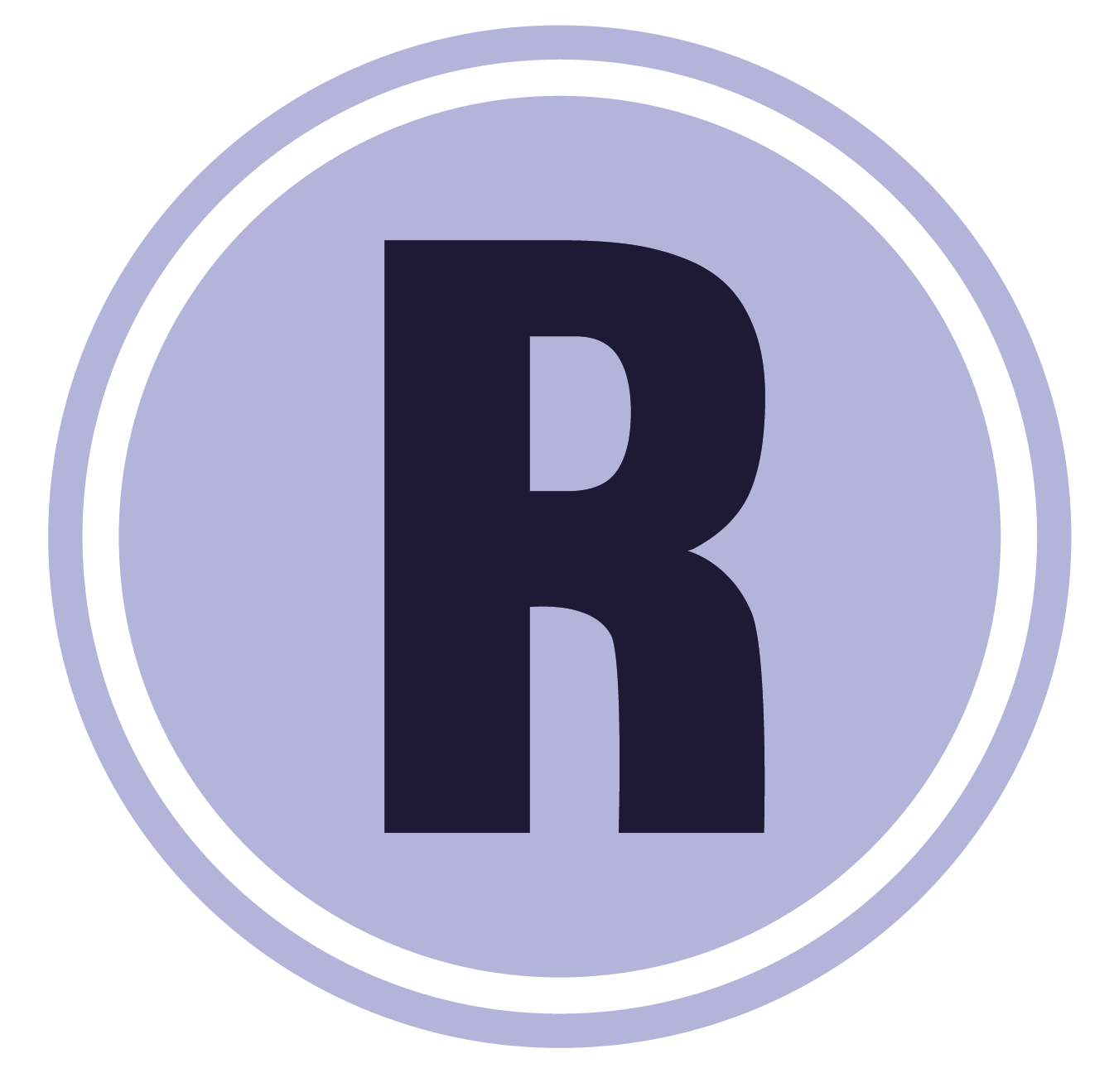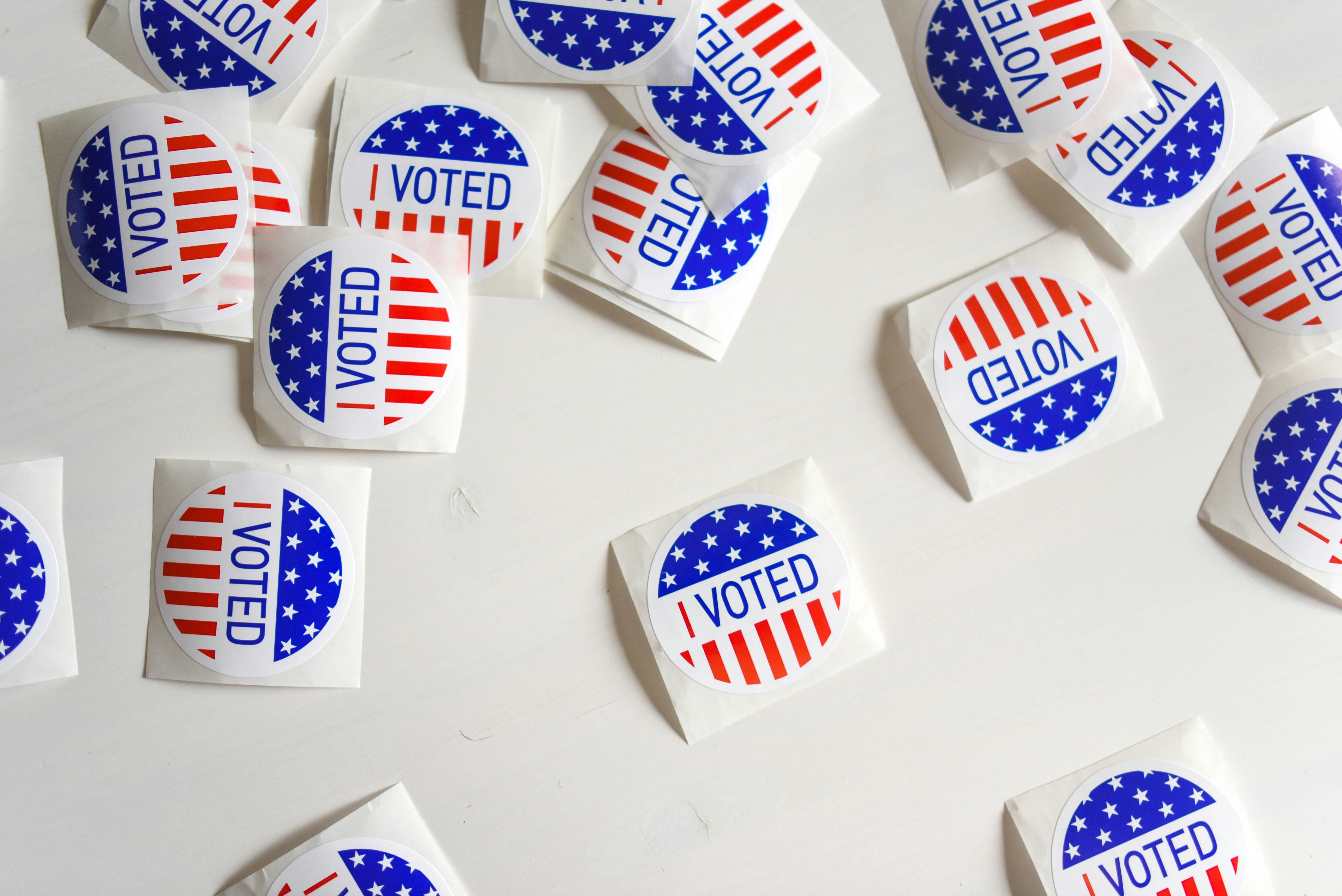Voting Disability Access
The ability to vote is one of the most powerful and fundamental rights in a democracy, embodying the very essence of civic participation and...

 Relay Resources
:
Aug 25, 2025 7:00:00 AM
Relay Resources
:
Aug 25, 2025 7:00:00 AM
Contrary to what some think, employing disabled people doesn’t need to be difficult or expensive.
While the dialogue around mental health, neurodiversity, and disability has evolved dramatically over the last several years, many people with disabilities continue to face stigma or unconscious bias when applying for jobs. While the labor force participation rate (currently at 22.7%) has never been higher, disabled people still are “only about 36% as likely to be in the labor force compared to nondisabled people,” according to the U.S. Bureau of Labor Statistics.
So how do we get rid of these disability employment misconceptions and myths to create a world where all disabled people belong? How do we make sure employers not only feel “comfortable” employing people with disabilities, but seek them out?
As we discussed previously in a blog post titled “Creating Work Environments Where Employees Feel Safe Disclosing Nonapparent and Developmental Disabilities,” many people already have disabilities at your workplace – they just may not have disclosed them, possibly because their disabilities are nonapparent. By allowing your employees to feel safe disclosing any and all disabilities, you can help ensure they will feel safe and respected in the workplace.
Let’s take a look at some common misconceptions about hiring disabled workers, and the truth behind them.

If you’re an employer, you know how tight the budget can get – so you may think that adding even more costs for labor can seem like an impossible financial task. However, did you know the majority of disabled people do not need accommodations at work? As the U.S. Department of Labor says, “According to the Job Accommodation Network (JAN), a service from the U.S. Department of Labor's Office of Disability Employment Policy, 58% of accommodations cost absolutely nothing to make, while the rest typically cost only $500.”
These costs are often a one-time fee and can be used for other employees with disabilities as well. By implementing universal design, we can help everyone. Take something like curb cuts or ramps, which help not just people with disabilities, but also the elderly, parents with strollers, delivery drivers, and basically anything with wheels!
Other accommodations can include simple fixes such as ergonomic chairs or keyboards, adjustable desks, noise-cancelling headphones, screens with enlarged text, live captions, and more.
These accommodations might require a bit of an adjustment, but most of them are affordable: They simply involve reimagining the workplace so that it suits as many people as possible.
The history of disabled people in the workplace reveals years of exclusion and separation, including disabled people being secluded or paid very little for their work, or being employed out of “charity.” Companies might employ people with disabilities but also assume they can only perform “low skill” labor. While that still can be true for people with certain developmental disabilities, many disabled people have long been waiting for the opportunity to thrive.
As one of our DisabilityNext Summit speakers, Dr. Ludmila N. Praslova, wrote in an article titled “Debunking Disability Employment Myths”: “A study including 140 U.S. companies by Accenture, in partnership with the American Association of People with Disabilities, found that companies higher in disability inclusion were, in fact, more profitable. Findings suggested that these companies achieved, on average, 28% higher revenue and twice the net income of their peers.”
And as JAN puts it, “Many employees with disabilities are skilled problem solvers by virtue of having to manage a disability daily in a world that wasn’t designed for them.”
.png?width=536&height=402&name=Relay_June-143-(1).png)
While the Americans with Disabilities Act (ADA) provided equal access to opportunities for all citizens, some assume these add unnecessary logistical requirements for businesses. In fact, most ADA requirements only affect public and federal spaces and are already implemented on a design and building code level. The ADA calls for elevators to be installed for most new buildings above three stories, but older historic buildings can be exempt, and ADA compliance varies widely by state. Thus, after a certain point, the level of accommodations is really up to the employer, and we recommend going above and beyond basic ADA requirements for people with disabilities.
While the ADA should be celebrated for its massive accomplishments, disability inclusion is about more than mere accessibility; an inclusive employment experience takes into account many more aspects including universal design and other accessibility elements like live captions.
Some assume diversity, equity, inclusivity, and accessibility initiatives mean that people are hired because of their race, gender, or disability first, rather than their skill level. But nothing could be further from the truth. The ADA does not require a business to hire someone just because of a disability. Employers can hire the best-performing candidate as long as they are not hiring someone solely based on their lack of a disability. The ADA does not give disabled people preference or special privileges; all the ADA does is ensure lack of discrimination and equal access.
As we've learned, hiring disabled employees does not have to be burdensome, cost-prohibitive, or hinder productivity. At Relay, we believe diversity and disability strengthen company culture. We are working towards a future where more and more companies will employ disabled people and continue to shatter disability employment myths!

The ability to vote is one of the most powerful and fundamental rights in a democracy, embodying the very essence of civic participation and...
.jpg)
Author’s Note: In this article, we use a combination of identity-first and person-first language. Identity-first language acknowledges disability as...
Congrats! You've just become a magician. This is the do-it-all module where you can let your creativity run wild. The best part is that it's just going to keep getting more and more awesome over time.
Congrats! You've just become a magician. This is the do-it-all module where you can let your creativity run wild. The best part is that it's just going to keep getting more and more awesome over time.
Congrats! You've just become a magician. This is the do-it-all module where you can let your creativity run wild. The best part is that it's just going to keep getting more and more awesome over time.
Congrats! You've just become a magician. This is the do-it-all module where you can let your creativity run wild. The best part is that it's just going to keep getting more and more awesome over time.